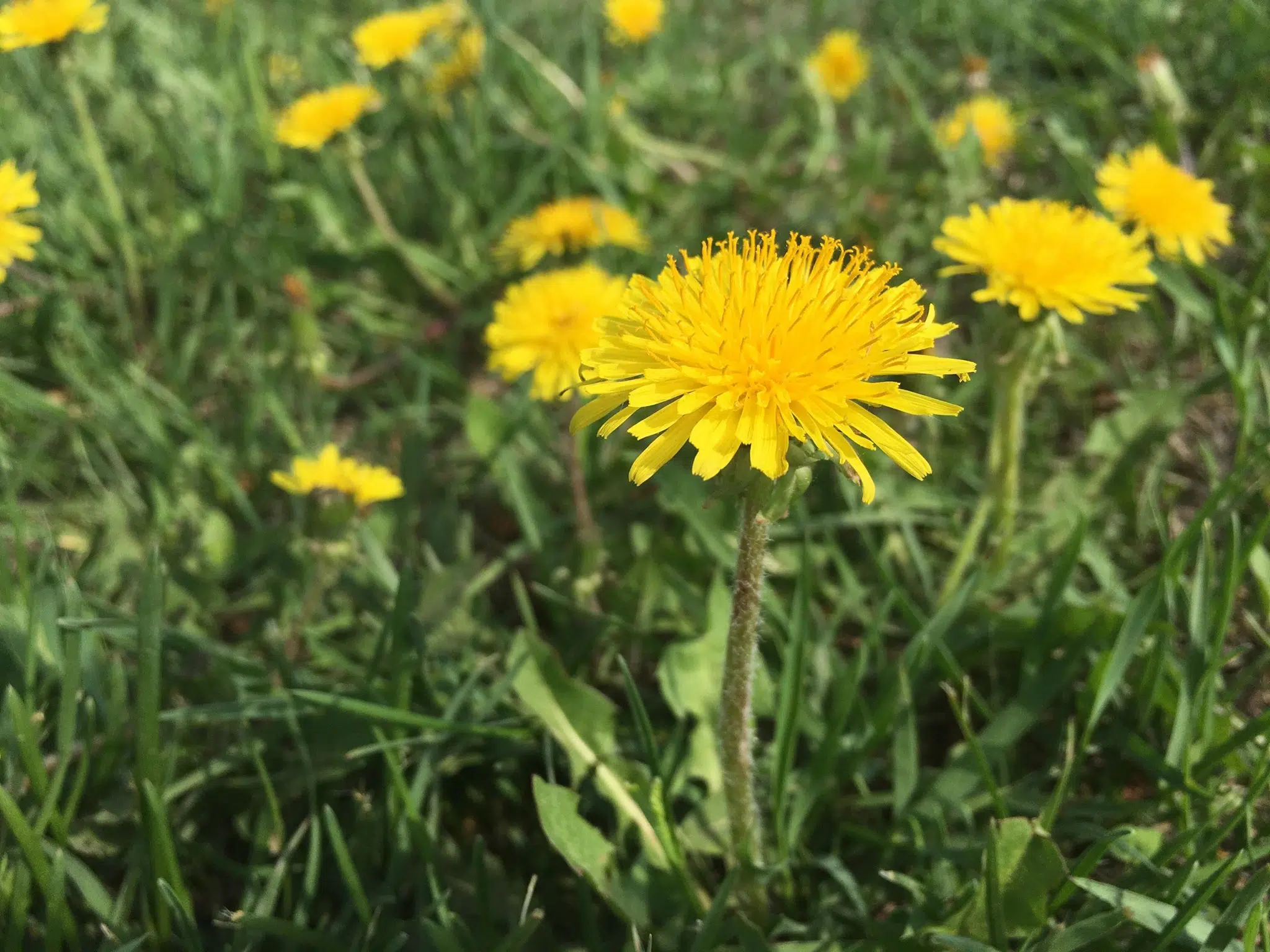
More bees please, colonies suffer after harsh winter
Due to a harsh and long winter, preliminary data shows that bee populations were impacted across the province and the country.
Dr. Steve Pernal, Research Scientist with Agriculture and Agri-Food Canada located at the Beaverlodge Research Farm, says winter loss is determined through surveys from beekeepers. The results are gathered in mid-May each year which means the information is preliminary at this point.
“We have heard from beekeepers across the country and have some idea of how losses are. It appears to be a bit of a mixed bag, but the general trend is we expect losses to be higher this year. The primary driver for that is the length of the winter. Every week the winter is longer it increases the rate of mortality in most cases. Certainly, weather has been an influence on the survival of colonies this year and we expect winter losses to be slightly higher,” said Pernal.
He says one area of concern is Ontario as keepers in that province are reporting higher than average losses. For the prairie provinces, there are similar drivers for loss and Pernal says there have been some beekeepers with higher than average loss while others had a normal amount of loss.
